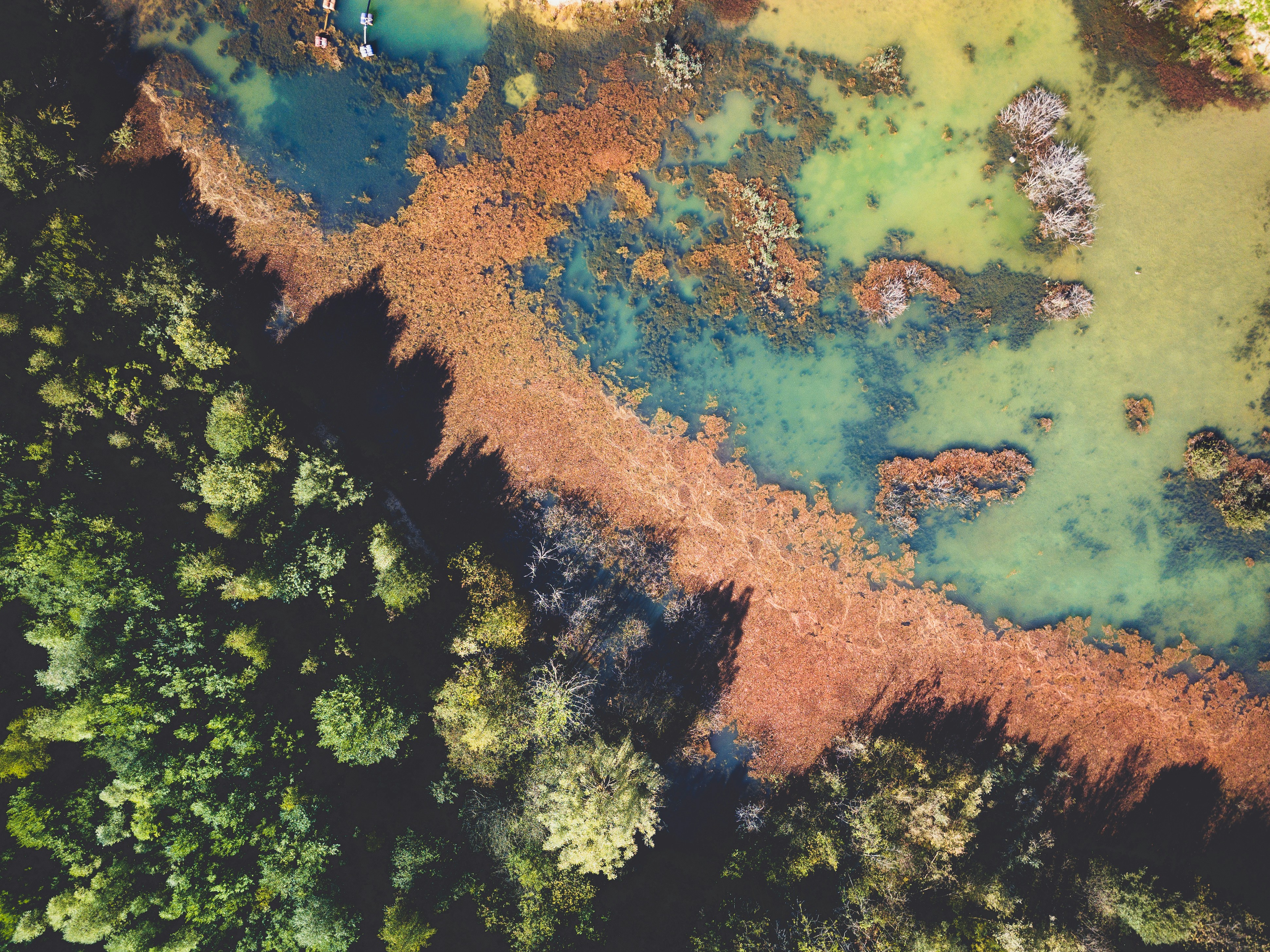Understanding the Ripple Effect: Hurricanes and Nature
Hurricanes are formidable natural events that can have devastating consequences, not only for human communities but also for wildlife and ecosystems. The impact of hurricanes on wildlife and ecosystems is multifaceted, ranging from immediate physical damage to long-term ecological shifts.
The Immediate Aftermath: Destruction and Displacement
When a hurricane strikes, the immediate impacts on wildlife can be catastrophic. High winds, heavy rains, and storm surges can destroy habitats, leading to the displacement of numerous species. For instance, birds may lose their nesting sites, and marine creatures can be swept away from their habitats.
In addition, terrestrial animals often face the challenge of finding shelter and food sources in the post-hurricane landscape. The destruction of vegetation and the alteration of natural water sources can create a hostile environment for survival. Recovery efforts for these species are crucial to ensure they have the resources needed to rebuild their populations.
Long-term Ecological Impacts
Beyond the immediate destruction, hurricanes can cause long-term changes in ecosystems. Forests, wetlands, and coastal areas are particularly vulnerable. The uprooting of trees can alter forest structures, affecting the species that depend on them. Wetlands may experience changes in water salinity and sediment deposition, which can impact the plant and animal life they support.
Coastal ecosystems, such as coral reefs and mangroves, are also at risk. Hurricanes can cause coral bleaching and physical damage to reefs, which are vital for marine biodiversity. Mangroves, which protect coastlines from erosion and provide habitat for numerous species, can be severely damaged by storm surges.
Case Study: Florida’s Ecosystems and Hurricane Michael
A prime example of the long-term impact of hurricanes on ecosystems is the aftermath of Hurricane Michael in Florida in 2018. This Category 5 hurricane caused significant damage to the Apalachicola National Forest, leading to a loss of critical habitats for species like the red-cockaded woodpecker. Efforts to restore these habitats are ongoing, demonstrating the lengthy recovery process needed for ecosystems to heal.
Mitigation and Recovery Efforts
Mitigating the impact of hurricanes on wildlife and ecosystems requires a combination of proactive and reactive strategies. Proactive measures include the conservation and restoration of natural buffers like wetlands and mangroves, which can absorb storm surges and reduce the energy of incoming storms.
In the aftermath of a hurricane, rapid response efforts are essential to assess the damage and begin recovery work. This includes habitat restoration projects, such as replanting native vegetation and rebuilding nesting sites. Collaboration between government agencies, non-profits, and local communities is key to these efforts.
At HelpNow, we are committed to supporting recovery and resilience initiatives for affected ecosystems. Our courses and training programs include modules on disaster preparedness and response, equipping individuals with the knowledge to aid in recovery efforts.
Supporting Ecosystems Through Community Action
Community involvement is crucial in mitigating the impacts of hurricanes on local wildlife and ecosystems. Volunteer opportunities during the hurricane season can provide much-needed manpower for recovery projects. By engaging in activities such as beach clean-ups, tree planting, and wildlife monitoring, communities can play an active role in ecological restoration.
HelpNow offers various volunteer opportunities for those interested in contributing to these efforts. Our team works closely with environmental organizations to identify and address the needs of impacted ecosystems.
The Role of Technology in Wildlife Recovery
Advances in technology also play a significant role in understanding and mitigating the impact of hurricanes on wildlife and ecosystems. Tools such as satellite imagery and drone surveillance allow for rapid assessment of damage and aid in the planning of recovery efforts. By leveraging these technologies, conservationists can prioritize areas for immediate intervention and long-term restoration.
Furthermore, predictive modeling can help anticipate the potential impacts of future hurricanes on vulnerable ecosystems. This information is invaluable for developing strategic conservation plans that enhance the resilience of these natural areas. Organizations such as the National Oceanic and Atmospheric Administration (NOAA) provide valuable resources and data that support these efforts. For more information, visit their website.
Conclusion: A Collective Effort for Resilience
The impact of hurricanes on wildlife and ecosystems is a pressing concern that requires a comprehensive and collaborative approach. By combining proactive conservation measures, rapid response efforts, and community involvement, we can enhance the resilience of these vital natural areas. At HelpNow, we are dedicated to supporting these efforts through education, training, and community engagement. Join us in our mission to protect and restore the ecosystems that sustain us all. To learn more about our initiatives and how you can contribute, visit our website.

